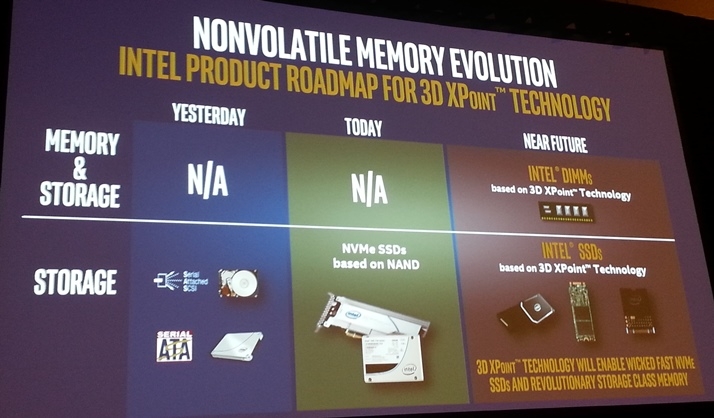In a resolute move toward building a technologically intensive force capable of facing next-generation threats, the Indian Army has laid out a roadmap anchored in innovation and self-reliance. As global conflict theaters evolve with digital and high-tech warfare, the Indian Army has identified 16 crucial technology clusters designed to reshape …
Read More »Batteries: The Critical Element of Modern Military Power
Introduction Batteries have emerged as the cornerstone of modern military strategy, underpinning a diverse array of platforms from land vehicles and soldier-carried devices to aerial drones and naval systems. As technology advances, the shift from traditional fuel sources to advanced battery systems is transforming military operations by delivering longer endurance, …
Read More »The Growing Semiconductor Memory Market: Trends, Drivers, and Challenges
The digital revolution continues to generate unprecedented volumes of data. Every day, an astonishing 402.74 million terabytes of data are generated globally. By the end of this year, data generation is expected to reach a staggering 147 zettabytes, with projections estimating it will climb to 181 zettabytes by 2025. Videos alone …
Read More »Energy Harvesting Technologies for IoT and Military IoT Devices
The proliferation of the Internet of Things (IoT) has ushered in a new era of connectivity, with billions of devices gathering and transmitting data to improve efficiency, automation, and decision-making. This explosion of IoT devices, however, presents a critical challenge: providing reliable and sustainable power to keep these devices operational, …
Read More »Light-Induced Quantum Effects: Pioneering a New Era in Quantum Materials and Technology
In recent years, light-induced quantum effects have become a focal point of research in the quest to unlock new technological possibilities. By exploiting the unique properties of light-matter interactions at the quantum level, scientists are pioneering new materials and devices with applications across computing, communication, energy systems, and beyond. This …
Read More »Unlocking the Universe: The Quest for the Higgs Boson and the Next Generation of Particle Colliders
Introduction Particle colliders stand at the forefront of modern physics, enabling us to recreate the extreme conditions of the early Universe and probe the fundamental building blocks of matter. Among the myriad particles revealed by these powerful machines, the Higgs boson—often dubbed the “God particle”—plays a pivotal role by endowing …
Read More »Memory breakthroughs promise single atom memory, speed of light computing, terabyte smartphones and instant-start computers
The rapid evolution of memory technology is paving the way for an exciting future in computing. Researchers are pushing the boundaries of what’s possible, from memory devices that operate at the speed of light to smartphones with terabytes of storage and computers that start up instantly. These breakthroughs promise to …
Read More »Quantum Technology: Navigating the Ethical, Legal, Social, and Policy Implications of a Transformative Era
Quantum technology represents a paradigm shift in science and innovation, rooted in the enigmatic behaviors of subatomic particles. It harnesses the principles of quantum mechanics—superposition, entanglement, and tunneling—to unlock unprecedented capabilities in computing, sensing, communication, and simulation. As this field rapidly evolves, its implications are vast, promising breakthroughs in healthcare, …
Read More »Unlocking the Potential of Additive Manufacturing: A Deep Dive into DARPA’s SURGE Program
Unlocking the Future of Additive Manufacturing: DARPA’s SURGE ProgramDARPA’s SURGE program is redefining 3D printing with real-time qualification and mission-ready parts, anywhere and anytime. Additive manufacturing (AM), often referred to as 3D printing, has revolutionized the way we think about production, offering the potential for creating complex parts on-demand. DARPA’s …
Read More »The Versatility of Liquid Metals: Unlocking New Frontiers in Technology
Liquid metals, a class of materials that exhibit fluid-like behavior while maintaining metallic properties such as high electrical and thermal conductivity, are revolutionizing various fields of science and technology. Unlike traditional metals, which are rigid in their solid state, liquid metals like gallium and its alloys (e.g., gallium-indium-tin or EGaIn) …
Read More » International Defense Security & Technology Your trusted Source for News, Research and Analysis
International Defense Security & Technology Your trusted Source for News, Research and Analysis



